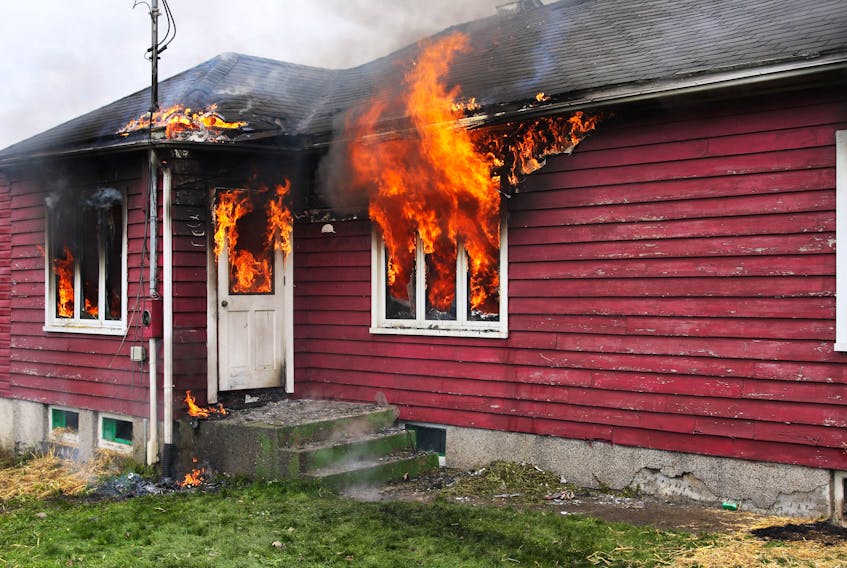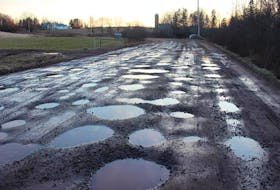Think of this as a gentle reminder: you don’t have as much time as you think.
If your house is on fire, you have less time to get out of it than ever before.
OK — let’s back up a bit. Improvements in firefighting equipment and techniques mean that firefighters can get control of a fire, often in short order, once they arrive. Likewise, modern building code requirements, including electrical standards, have made house fires less common occurrences than in years past.
But when it comes to those first few minutes of a fire, before the fire department can get there, there has been a dramatic change in how quickly a small fire can become a catastrophic one — and the amount of time you actually have to get out of your home is perilously short.
Fire protection officials point out a dramatic change in the amount of time you have to escape. Thirty years ago, occupants had between 15 and 17 minutes to escape a burning home.
Now, that number is between three and five minutes after a fire ignites. (Or roughly two minutes after your smoke detector goes off.)
There are a variety of reasons, all of which have to do with modern life. First, 30 years ago, homes had, by and large, smaller rooms that were separated from each other with doors. Open-concept homes, while airy, full of light and great for entertaining, spread fire and smoke quickly. You can’t contain a fire in one room when that room is virtually your entire downstairs — including the kitchen, a place where fires regularly start. High ceilings don’t help either.
Overall home construction has changed, with homes being built of lighter materials like pre-stressed roof trusses (designed to effectively carry load, but easier to burn through).
Building materials have changed, too. Cabinets made with particle board and even MDF trim (which replaces what would have been wood trim in many older homes) contain glues that both burn quickly and produce toxic smoke. It also means faster-growing, hotter fires.
Then, there’s what’s in your house. Modern furniture foams and other plastics in your furniture and electronic devices burn hotter and produce up to 200 per cent more smoke than furnishings in homes 30 years ago.
The volume of plastics in home is higher than ever before — from coffee makers to children’s toys to kitchen storage containers — and synthetic products (containing petroleum-based products or other synthetics) can include carpeting, bedclothes, mattresses, and the list goes on.
What can you do about it?
Well, you should have properly installed smoke detectors.
But also, you have to make plans to move quickly when those smoke detectors go off, and you have to have practice escaping your home.
Fewer fires may lull us into a false sense of security; faster, hotter fires have a better chance of killing us.









